

The plastic manufacturing industry has taken a monumental stride since its advent. It’s rapidly growing and is a continually evolving sector that has impacted the global economy significantly.
Today, plastic parts and products are integral to consumers and industries due to their versatility, affordability, and durability. They are applied to various industries ranging from home appliances, consumer goods, and packaging materials to medical equipment, aerospace equipment, and automobiles.
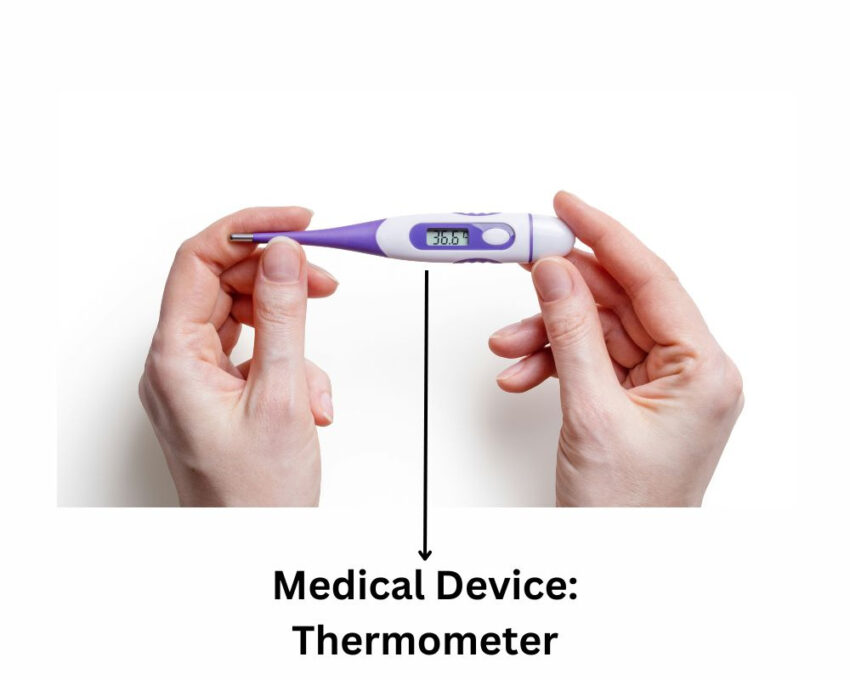
Plastic has the unique ability to balance various qualities while being lightweight and durable, which makes it indispensable! This plays a significant role in manufacturing. In addition, the advent of improved manufacturing techniques has increased the adaptability of resins for manufacturing high-quality custom plastic parts.
The manufacturing of custom plastic products includes creating distinct and intricate molds, selecting the correct manufacturing processes, and corresponding materials to ensure that the parts align with the requirements. In this article, we discuss custom plastic manufacturing techniques in detail.
There are various stages to the custom plastic manufacturing process. It is imperative to correctly design and consider multiple factors and techniques to create custom plastic products. Let’s understand the various stages of the custom plastic manufacturing process:
The first stage of the custom plastic manufacturing process is defining part specifications and design.
The design process starts by sketching the idea and making sure that all the aspects of the design are outlined. Once the design sketch is ready, a 3D model is created using a 3D software program.
At this stage, the design is examined for various aspects such as material selection, part complexity, and ensuring whether the part adheres to Design for Manufacturability principles.
DFM, abbreviated for Design for Manufacturability, optimizes the part for the custom plastic manufacturing process. In this stage, experts in plastic part engineering determine if the design is fit for manufacturing and if it can fulfill the intended function. You can read more about DFM here.
Once the design is finalized and the 3D model is created, material can be selected for custom plastic manufacturing to create custom plastic parts. Every resin has distinct physical, chemical, and mechanical properties, and thus, must be analyzed to ensure that they are apt for the custom plastic parts. In addition to the properties, you must also analyze the costs and availability of the material.
Developing prototypes isn’t mandatory, but it’s highly recommended as it enables manufacturers to identify any flaws or defects that must be addressed before manufacturing. It also enables manufacturers to optimize the manufacturing process and reduce lead times if possible.
The purpose of making prototypes is to resemble the current design of the part and understand the part’s functionality. Prototyping can be achieved through 3D printing, injection molding, and various other manufacturing processes. Once a prototype is created, you need to analyze if any adjustments need to be made to the aesthetics or the functionality of the part.
Once the part’s design and process parameters are validated, the manufacturing process is selected, and full-scale production can begin.
Several manufacturing processes can be employed to create custom plastic parts. These range from injection molding, blow molding, and vacuum forming to more.
Each custom plastic manufacturing process has specific requirements and is dependent upon various factors such as the part design, material and volume requirements, lead time, and costs. It is thus crucial to consider the various factors when selecting a manufacturing process.
Among the various manufacturing processes, the injection molding technique can manufacture high-quality parts, even for complex geometries, at cost-effective prices, which is why it is one of the most preferred techniques for custom plastic parts.
Once the custom plastic manufacturing process is selected and the process parameters have been validated, the large-scale production phase begins. At this stage, the specifics vary depending upon the process, but in general, it involves the following:
Quality control measures are implemented throughout the manufacturing phase to ensure that all manufacturing processes adhere to the quality standards. Regular checks are conducted at each stage to ensure that high-quality parts are produced.
Quality control also ensures that the final part meets the required industry and quality standards and customer requirements.
In this phase, the part undergoes secondary operations such as assembly, surface finishes, final quality checks, and packaging and shipping.
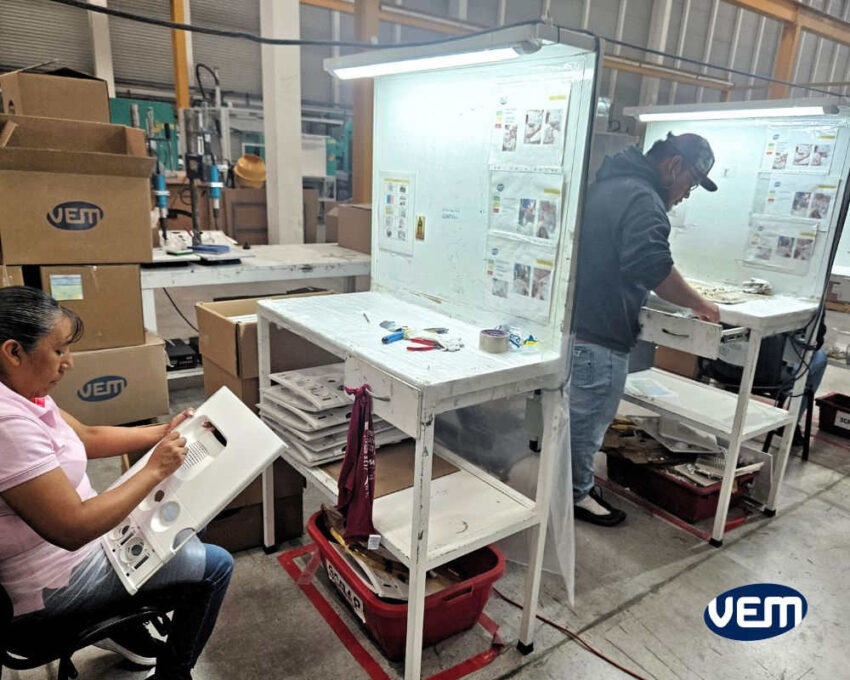
Finishing includes incorporating additional but necessary details such as cutting, painting, or printing to finish the part. The finishing phase improves the aesthetics and feel of the part.
If there are multiple components, then the parts are assembled to create the final product in this step. The correct assembly of the parts is crucial for the final product to function correctly and meet industry and quality standards.
There are various custom plastic manufacturing techniques, and it is imperative to select the most apt process for your custom plastic part as it can impact the final quality, cost, lead time, etc. Let’s understand the various factors that you must consider when selecting the correct plastic manufacturing process for achieving the best results:
The first factor for selecting the correct manufacturing process is the part’s complexity and form. Manufacturing processes are typically limited if the parts have complex internal features or tight tolerance requirements. For example, Blow molding is best suited for large, hollow parts, but if the part design has a complex geometry, then the best-suited manufacturing process would be injection molding.
The next factor to consider is the material of the part! The material that is employed must be able to withstand the stresses that the part will be subjected to.
In addition, certain materials are better suited for certain processes. For example, PVC is apt for extrusion molding, but if your custom plastic parts require PET, then blow molding is a more apt plastic manufacturing process.
The next consideration factor is the production cost. Certain processes, such as injection molding and blow molding, have higher upfront tooling costs, but they are cost-effective for high-volume production runs, whereas vacuum forming and 3D printing manufacturing processes have comparatively lower upfront costs but higher per-unit costs if the volume production run is low.
The total volume of parts plays a significant role in determining the manufacturing process.
You should note that certain manufacturing processes have a higher up-front setup cost, but they can create extremely cost-effective parts, whereas low-volume manufacturing processes have lower startup costs, but the cost per part is higher due to slower cycle times and less automation. For example, injection molding and blow molding techniques are best suited for high-volume production runs, whereas vacuum forming and 3D printing techniques are best suited for low-volume production runs.
The next consideration factor is the lead time, i.e., the time frame in which you need your parts to be ready. Certain processes can create parts within 24-48 hours, while others can take weeks to months.
Creating custom plastic parts is a cumbersome process. You can, however, ensure its success and efficiency by ensuring the following:
Although custom plastic manufacturing is very inclusive of features, there may be certain features that are not possible. It is recommended that you consult design experts in such cases.
You should be ready to make adjustments to your designs as per the suggestions. You should note that the more flexible you are towards making design adjustments, the less time you will spend on the product revision.
It is crucial to choose the correct team for your project as your team will make all the difference. They will ensure that all aspects to select the most apt custom plastic manufacturing process have been evaluated.
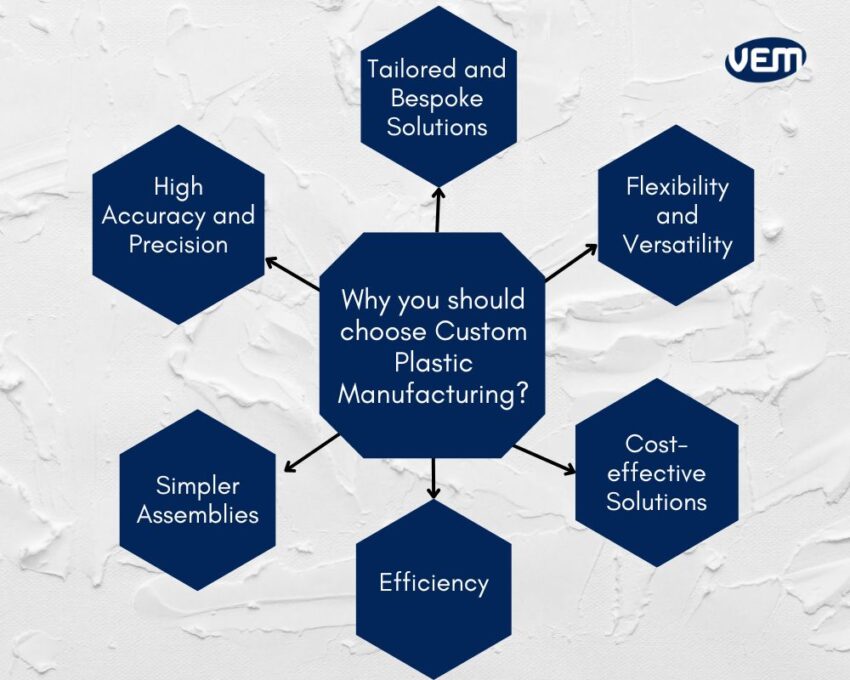
One of the biggest advantages of custom plastic manufacturing is that it is possible to completely customize the parts as per the requirements, which further enables manufacturers to create bespoke solutions that make parts suited for the design.
Plastic parts can be created with a high level of accuracy and precision. Certain custom plastic manufacturing processes, such as injection molding, are highly consistent and repeatable and can manufacture parts with accuracy and precision.
Custom plastic manufacturing enables versatility in terms of shape, material, color, and finish. Resins can be molded into various forms and textures. This particular flexibility enables manufacturers to create an array of diverse plastic parts that can be and are tailored to specific project requirements. In addition, plastic parts are lightweight and durable, which makes them easy to transport.
Custom plastic manufacturing requires very little finishing. It also helps to recycle scrap material, thereby optimizing manufacturing time and improving material efficiency.
Custom plastic manufacturing aims to create plastic parts to fit the exact application. It can reduce the number of components that are needed in your assemblies, thereby reducing overall complexities and simplifying the assemblies. This further reduces reliance on parts that may run out of stock and also helps to save on costs.
Custom plastic manufacturing is extremely advantageous in terms of cost-effectiveness! Once the initial setup is established, it can be automated to a large extent, thereby reducing labor costs. It can also maximize cost efficiency by reducing overall production expenses, such as in high-volume production runs of injection molding.
Comparatively, custom plastic part manufacturing has a high initial setup cost. This is particularly due to mold tooling expenses, as molds tailored to specific requirements can lead to a high initial set-up cost.
Custom plastic parts typically need to have a level of accuracy and precision that requires scrupulous prototyping and tooling, which further increases the lead times. Thus, comparatively, custom plastic manufacturing takes longer.
Custom plastic manufacturing enables design flexibility and freedom to a large extent, but there are various technical limitations to be considered. You should note that the design complexity may not be able to accommodate certain manufacturing requirements, which is why there are various technical limitations to consider.
Injection molding is the cornerstone of most manufacturing solutions for creating plastic parts. It involves injecting molten material into a mold cavity, and the material is then allowed to solidify within the mold. After the molten resin cools and solidifies, it is removed from the mold.

Plastic injection molding is an extremely advantageous technique as it is extremely versatile and demonstrates a high level of accuracy and production speed.
The blow molding technique creates hollow plastic products such as bottles and containers.

It involves inflating a hollow plastic parison, which is a plastic tube, into a mold cavity. The plastic tube takes on the mold shape and is allowed to cool and solidify. Once the plastic cools and solidifies within the mold, it’s removed, which creates the hollowed-out plastic parts.
Blow molding is an extremely efficient and cost-effective manufacturing technique for creating hollow, lightweight plastic items in large volumes. Blow molding is a continuous process and can be completely automated. It requires lower pressures to operate than injection molding, which results in lower tooling costs. You can read more about blow molding here.
This plastic manufacturing technique involves heating the plastic and forcing it through a die to create the final shape of the part. The die shape is the cross-section of the final part. The extruded plastic is cooled, and the continuous shape is either spooled or cut into lengths.
Plastic extrusion is applied to create parts that have a continuous, uniform shape, such as pipes, sheets, and films.
Extrusion molding is an almost continuous process. The machinery for extrusion molding is simpler and cheaper to CNC or injection molding machines. In addition, dies are also cost-effective as the shapes are simpler.
3D printing makes use of a computer-controlled process to build plastic parts layer by layer. It’s ideal for creating prototypes and only manufacturing complex-shaped parts in low volumes.
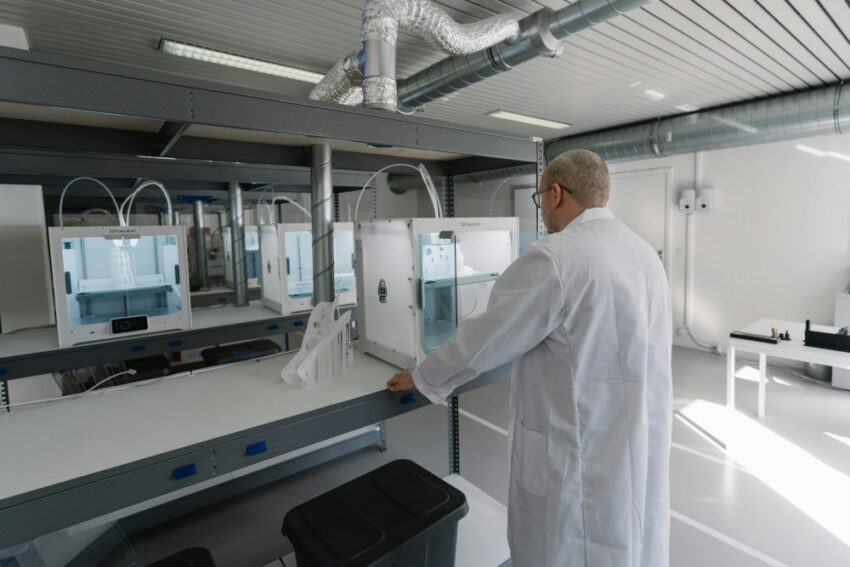
Commercial 3D printers can create 3D parts directly from CAD models by building material layer by layer. The 3D printing process depends entirely upon the type of 3D printing technology, i.e., whether it’s fused deposition modeling in which plastic filament melts or stereolithography which cures liquid resin, or whether it’s selective laser sintering in which powdered plastic fuses.
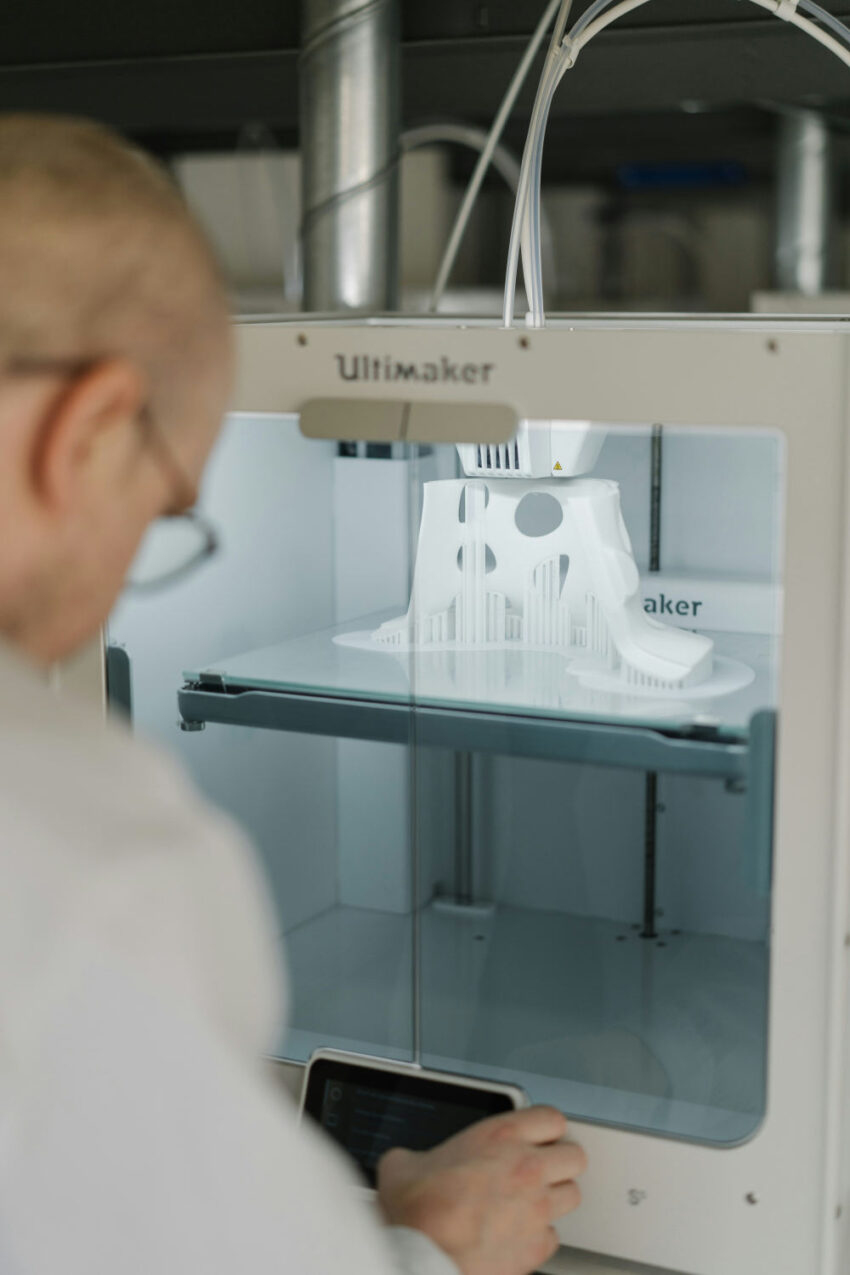
3D printers require minimal setup and no tooling for a new design to be completed. It is, however, generally slower and more labor-intensive than other manufacturing processes and is thus not employed for mass production.
CNC machining is typically applied for prototyping and is ideal for low-volume applications. CNC Machining can be applied to create complex geometry parts and for parts that require tight tolerances.
CNC machining is a subtractive plastic manufacturing process in which solid plastic blocks, bars, or rods are shaped by subtraction, i.e., removing material through cutting, boring, drilling, and grinding. Once the part is manufactured, it’s cleaned and trimmed.
Vacuum forming, also known as thermoforming, is a type of plastic manufacturing technique in which plastic is heated and formed using a mold.
The vacuum forming process involves clamping a plastic sheet in a frame, after which they both are moved towards the heating elements. The frame is now lowered, and the soft and pliable plastic sheet is stretched over the mold. The activated vacuum removes all the air between the plastic and the mold, which is further allowed to cool. Once the part is cooled and released, the excess material can be cut off manually or through a CNC machine.
Since the pressure is low, vacuum forming tooling costs are comparatively lower. Vacuum forming is commonly employed for manufacturing packaging products, shower trays, and car door liners.
Rotational molding makes use of centrifugal force to fill the mold and can create parts that have a uniform wall thickness.
Rotational molding involves loading plastic powder into the mold cavity. The mold is now heated until the plastic melts and adheres to the walls of the mold. The mold now rotates along two perpendicular axes. This rotation is for a uniform plastic coating. The mold slowly cools, and when the part solidifies, the part is separated from the mold.
In the case of rotational molding, the cost per part is very low once the tooling and process are set up; however, this plastic manufacturing technique has design constraints and is not apt when tighter tolerances are required. It’s also labor intensive and has long cycle times.
Custom plastic manufacturing is a complex and extensive process that requires design and engineering expertise. Your team needs to ensure that they select the right process and parameters to ensure that your custom plastic parts are created with a high level of accuracy and precision.
VEM tooling has over 20 years of experience, and we can help you maximize the efficiency of your custom plastic manufacturing process to manufacture high-quality plastic parts. Our experienced engineers can guide you throughout the custom plastic manufacturing process and other manufacturing solutions, such as injection molding and tool building.